Creating a pet-friendly garden is a rewarding way to ensure that both your flora and your furry friends thrive harmoniously. Building such a garden not only caters to your pet’s natural instincts but also helps in keeping them safe and engaged. This article will guide you through the essential steps of designing a garden that’s as delightful for your pets as it is for you.
Understand Your Pet’s Needs
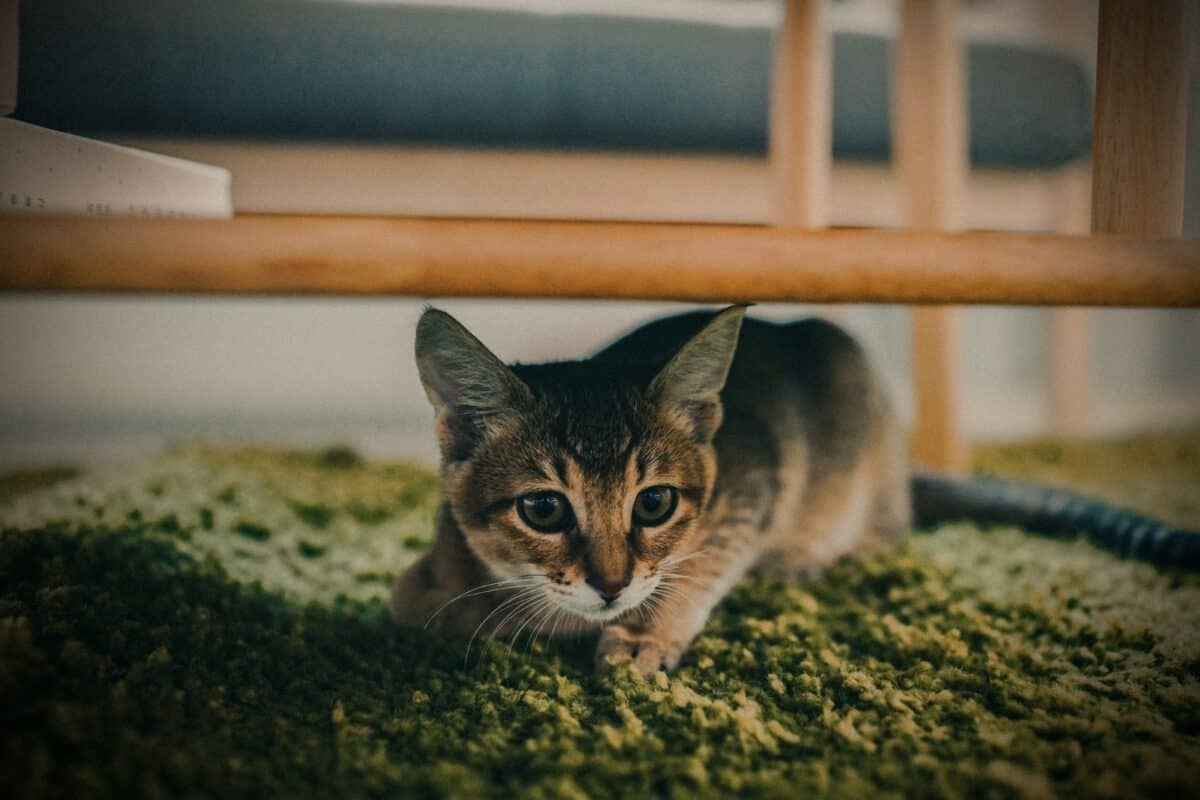
Every pet has unique habits and preferences, and understanding these is crucial for creating a space that they’ll love. Dogs may need room to roam and play, while cats appreciate nooks for hiding and climbing. Consider your pet’s size, energy levels, and behavior to tailor your garden to their specific needs. Observe them carefully to learn how they interact with outdoor spaces and use this information as the foundation of your garden design.
Choose Pet-Safe Plants

Many common garden plants can be toxic to pets, making plant selection a critical aspect of a pet-friendly garden. Avoid plants like lilies, azaleas, and rhododendrons, which can be harmful if ingested. Instead, opt for non-toxic varieties such as sunflowers, roses, or snapdragons. Always check the safety of plants with a reputable source or consult your veterinarian to ensure they are safe for your pets.
Designate Play Areas
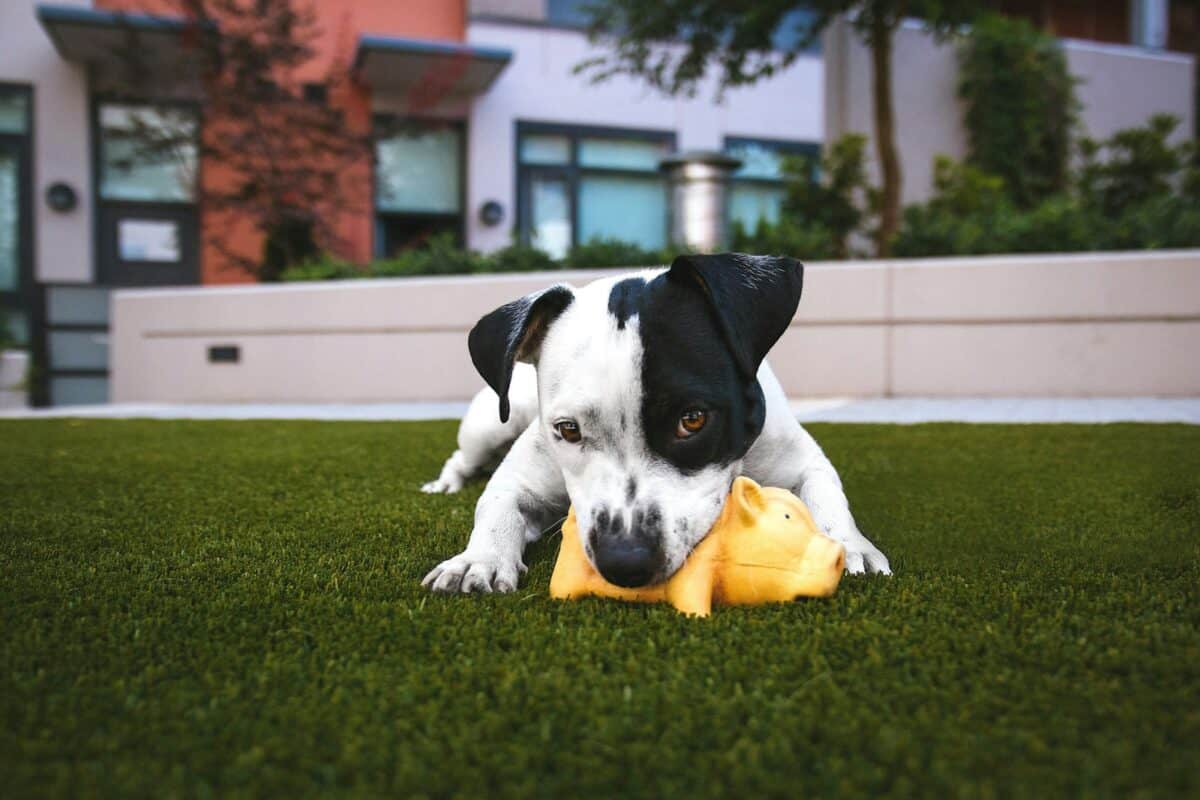
Dedicate specific areas of your garden for play to keep pets entertained and active. Installing a patch of grass or a sandbox for digging can be a great way to redirect potentially destructive behavior into something positive. Consider incorporating agility equipment or tunnels for dogs to explore. For cats, vertical spaces with safe climbing structures can provide hours of entertainment.
Ensure Proper Fencing
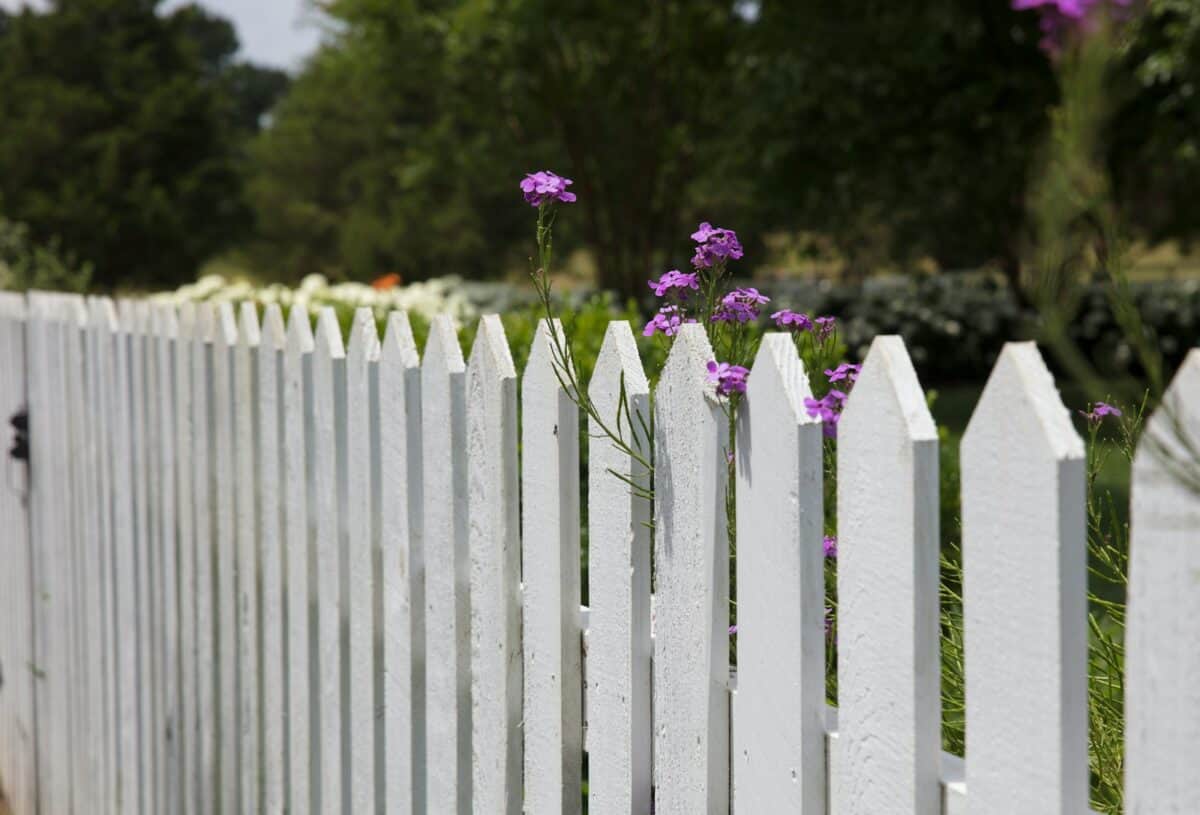
Secure fencing is essential to keep your pets safely contained within your garden. Ensure your fences are high enough that your pets cannot jump over them, and check regularly for any gaps they might squeeze through. Consider materials that prevent climbing or digging under, and if needed, reinforce the base with concrete or wire mesh. A well-fenced yard also protects your pets from external threats.
Create Shaded Retreats
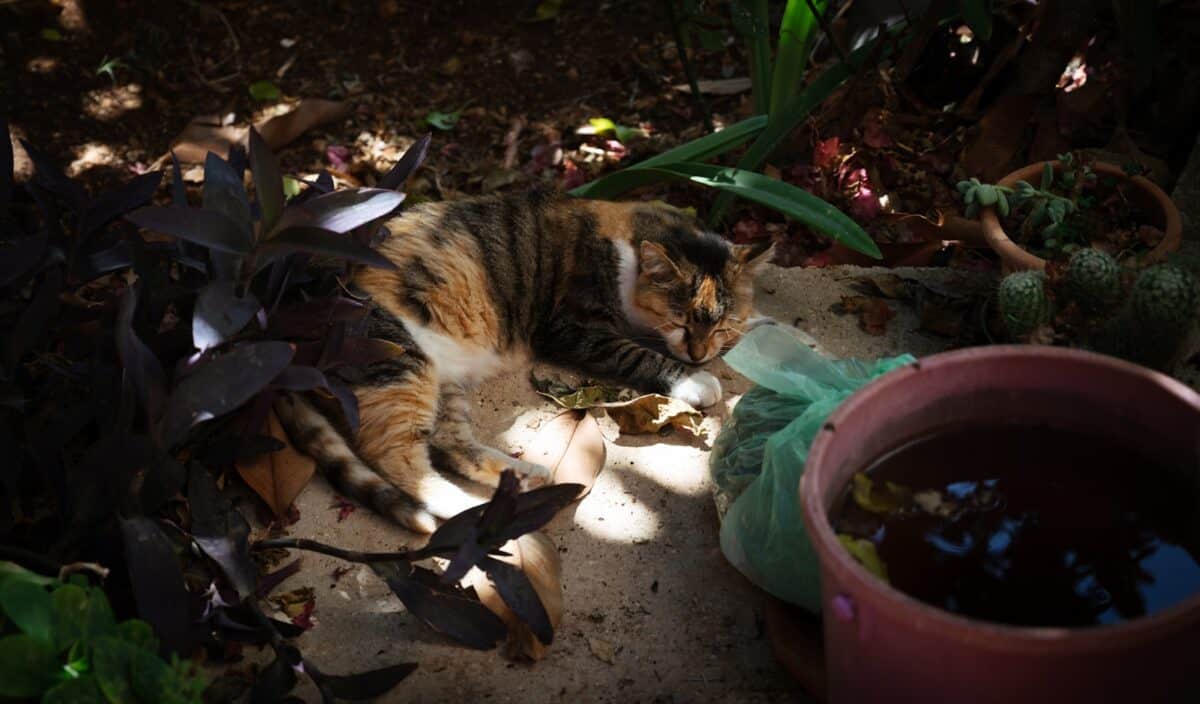
Providing shaded areas is crucial in protecting your pets from overheating and harsh sun. Trees, awnings, or pergolas can create pleasant spots where your pets can rest. You might also construct a pet-friendly gazebo or use sail shades for a cooler environment. Comfortable bedding or outdoor pet houses can make these shaded retreats even more enticing.
Integrate Water Features
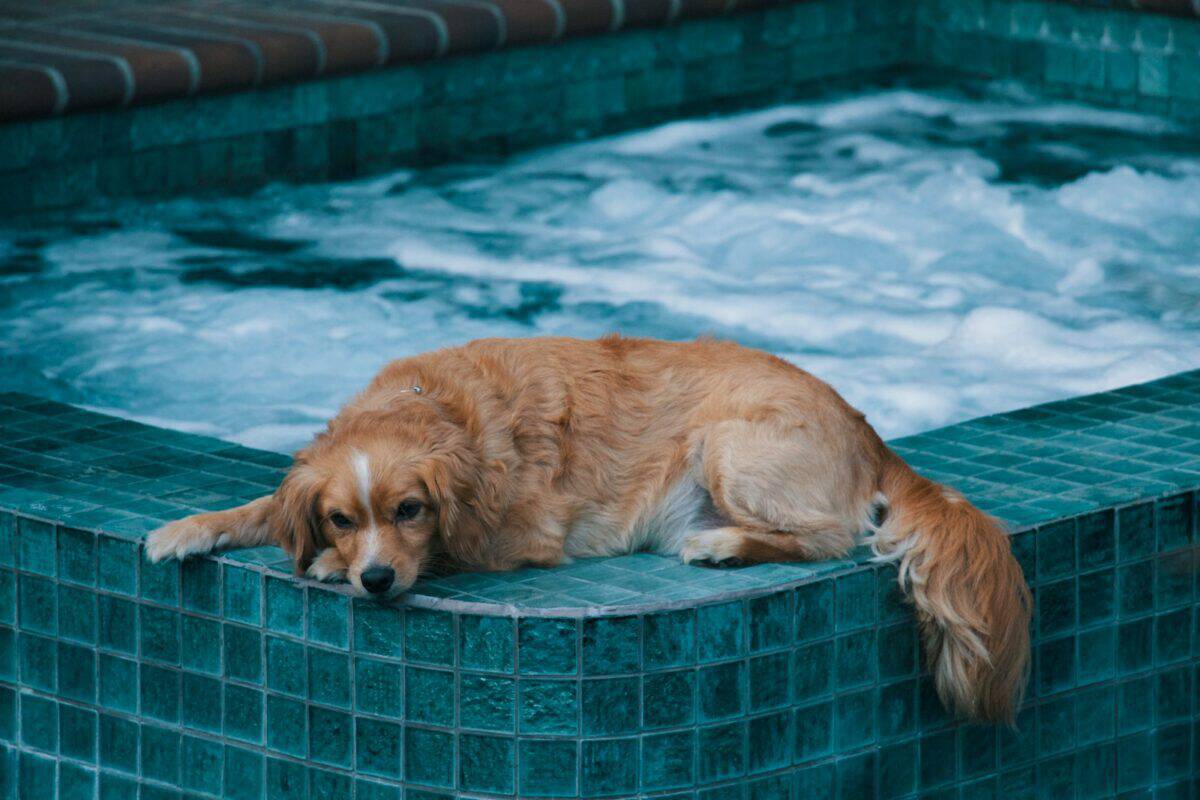
Water features in a garden can provide endless amusement for pets, especially during warmer months. Consider adding a small pond or pet pool where they can splash around. Ensure that water features are shallow or have a graded entry to prevent accidents. Regularly clean water to avoid mold and mosquitoes, keeping it fresh and clean for your pets to enjoy.
Incorporate Safe Pathways

When designing your garden’s layout, include pathways that are safe and easy for pets to navigate. Use non-toxic, non-slip materials like gravel or mulch, and avoid sharp stones or rough surfaces that could hurt their paws. Defined paths also help guide pets through the garden and reduce the chances of them inadvertently trampling through your plants.
Prevent Pests Naturally

While it’s important to protect your garden from pests, many chemical pesticides are harmful to pets. Instead, use natural alternatives such as neem oil, diatomaceous earth, or companion planting to ward off unwanted bugs. Birds, ladybugs, and other beneficial insects can act as natural pest control. Always research any treatment thoroughly to ensure pet safety.
Plan for Supervision
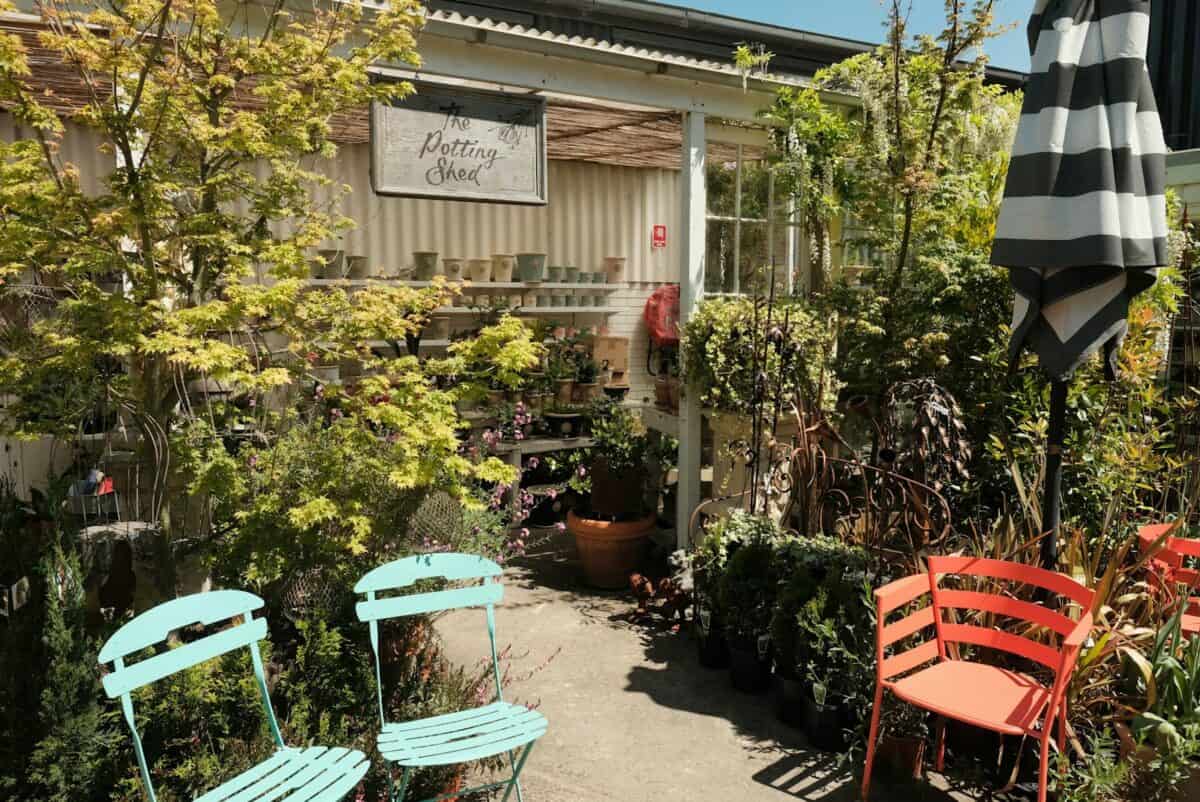
Even in a pet-friendly garden, supervision is key to ensuring your pet’s safety. Create a seating area where you can relax and easily keep an eye on them. This will help prevent them from eating plants, digging excessively, or finding escape routes. Spending time in the garden with your pets can also promote bonding and provide additional playtime opportunities.
Clever Composting
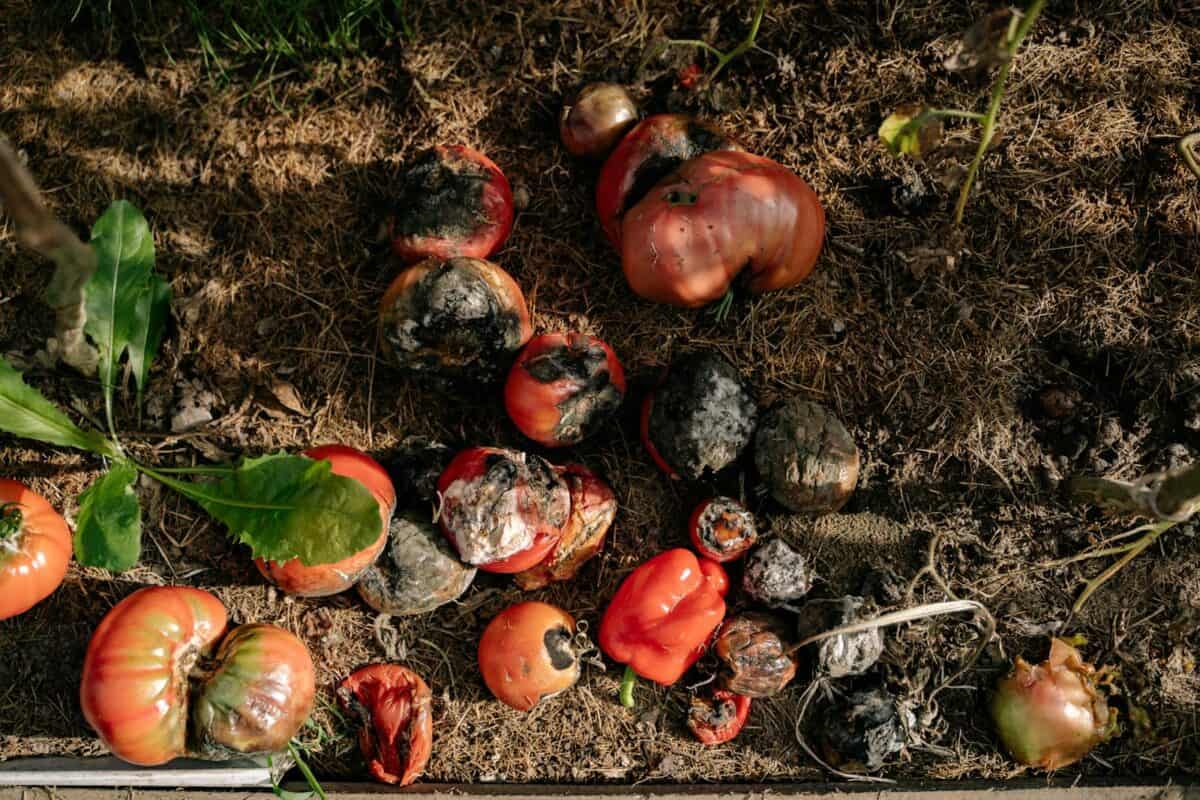
If you compost in your garden, ensure that your compost area is securely covered or fenced off. Decomposing food waste can attract pets, but the materials can be harmful if ingested. A well-managed compost bin or tumbler can prevent access while keeping your garden eco-friendly. Explain the risks to family members and visitors, especially if they’re unfamiliar with safety precautions.
Encourage Natural Exploration
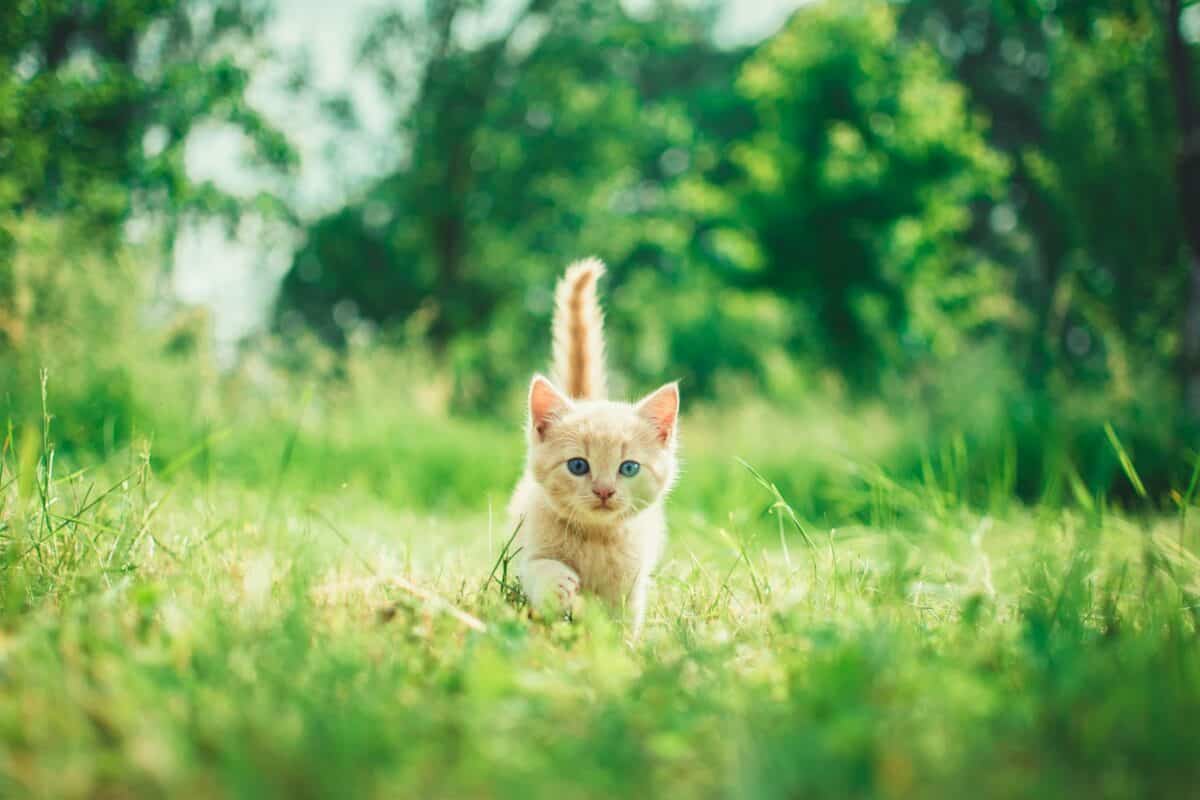
Allow your garden to be a place of discovery for your pets. Plant herbs or grasses that appeal to them, like catnip for cats, or let a patch of grass grow taller for them to explore. Incorporate new scents and textures to keep their environment stimulating. This approach nurtures their curiosity and provides both mental and physical enrichment.
Consider Pet-Friendly Décor
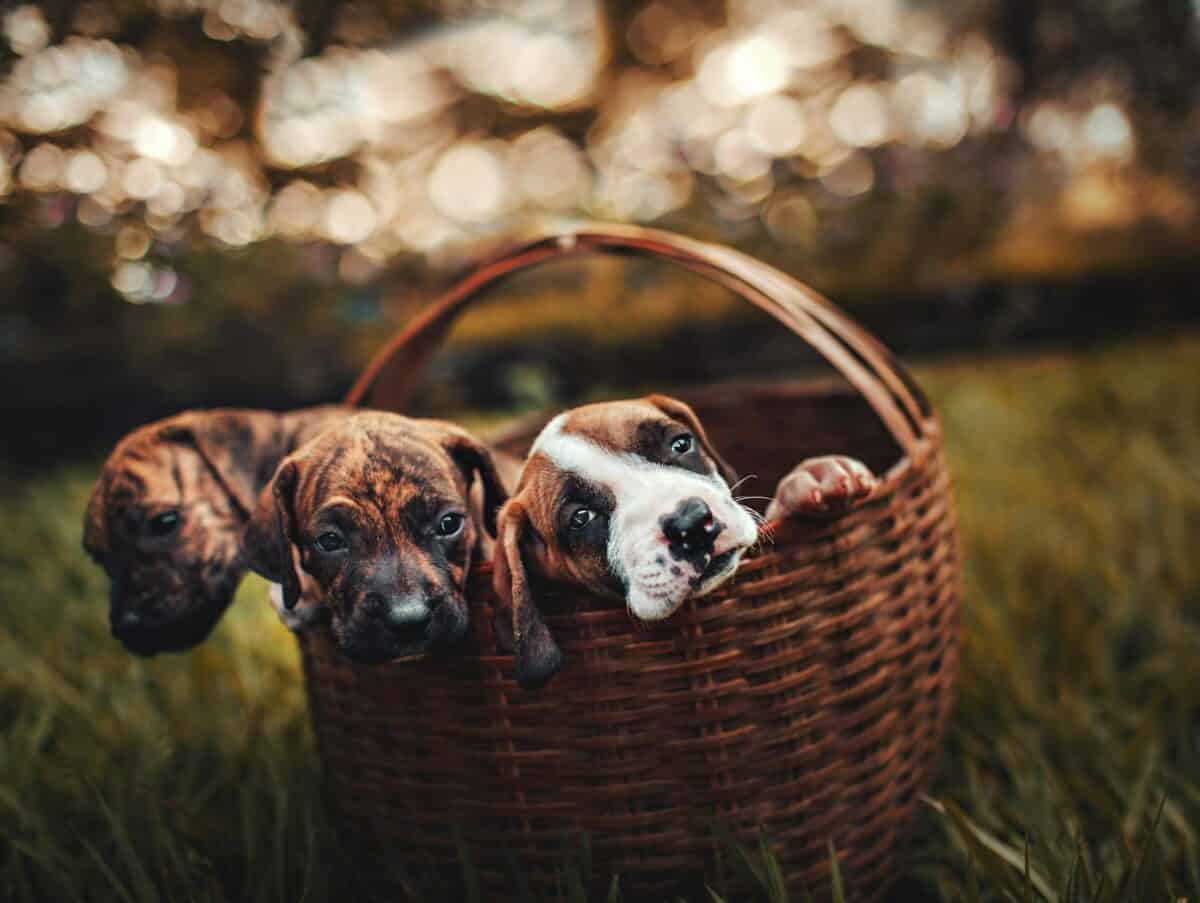
Garden décor can also enhance the environment for your pets. Choose items made from safe materials, avoiding sharp edges or breakable objects. Pet-friendly fountains, colorful balls, or garden sculptures can add aesthetic appeal and amusement. Make sure any decorative items are stable and secured so they don’t topple over during your pet’s playtime.
In conclusion, creating a pet-friendly garden involves more than just planting non-toxic foliage—it’s about crafting a space that nurtures your pet’s natural behaviors while keeping them safe and happy. With thoughtful planning, your garden can become a sanctuary where both you and your pet can flourish. Enjoy the process, and let your creativity flow while keeping your pet’s best interests at heart.
- 10 Most Endangered Birds in the U.S. and Where to Find Them - August 9, 2025
- 15 Tips for Managing Spider Infestations During Storm Season - August 8, 2025
- How Superstorms Have Reshaped Coastlines Over Time - August 8, 2025

